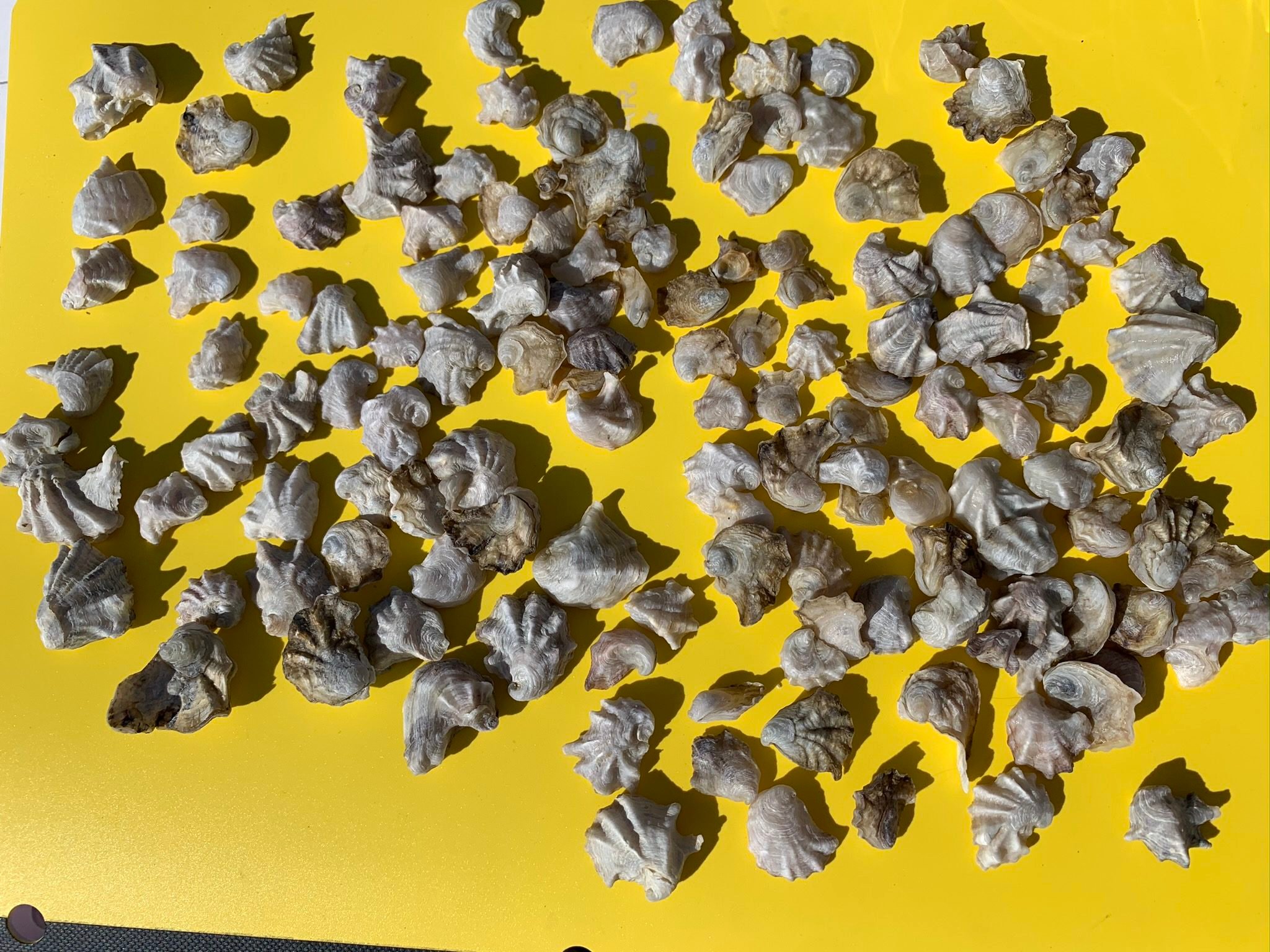Native Oysters Return to Their Namesake Waters: Pearl Harbor | Restoration
By: Ellen Simon

By Ellen Simon
Hawai‘i’s Pearl Harbor was named for its oysters, which were once so plentiful that Native Hawaiians named the area Wai Momi, or “Pearl Waters.”
Sadly, the number of wild native oysters has declined steadily over the last century. In response, O‘ahu Waterkeeper, the U.S. Navy, and the Pacific Aquaculture & Coastal Resources Center at the University of Hawai‘i at Hilo have planted more than 10,000 native oysters at Pearl Harbor and four other locations around the island. These oysters have already begun to reproduce, exponentially expanding the project’s impact.
The oysters clean up contaminants as they filter feed, improving water quality and clarity.
They also provide a climate benefit. Oceans absorb one-quarter of the earth’s carbon dioxide. Oysters, which naturally absorb carbon from the ocean’s water column to build their shells, are an important form of biosequestration, defined as a way to safely keep carbon out of the atmosphere using nature itself.
As O‘ahu Waterkeeper and its partners build oyster colonies, they’re also building future carbon sinks — at a moment when our oceans desperately need them.
Central to the oyster project is teaching schoolchildren about bioremediation. As Executive Director Rhiannon “Rae” Chandler-‘Iao explains, “Working with nature, humans are capable of solving the very problems we have created.”